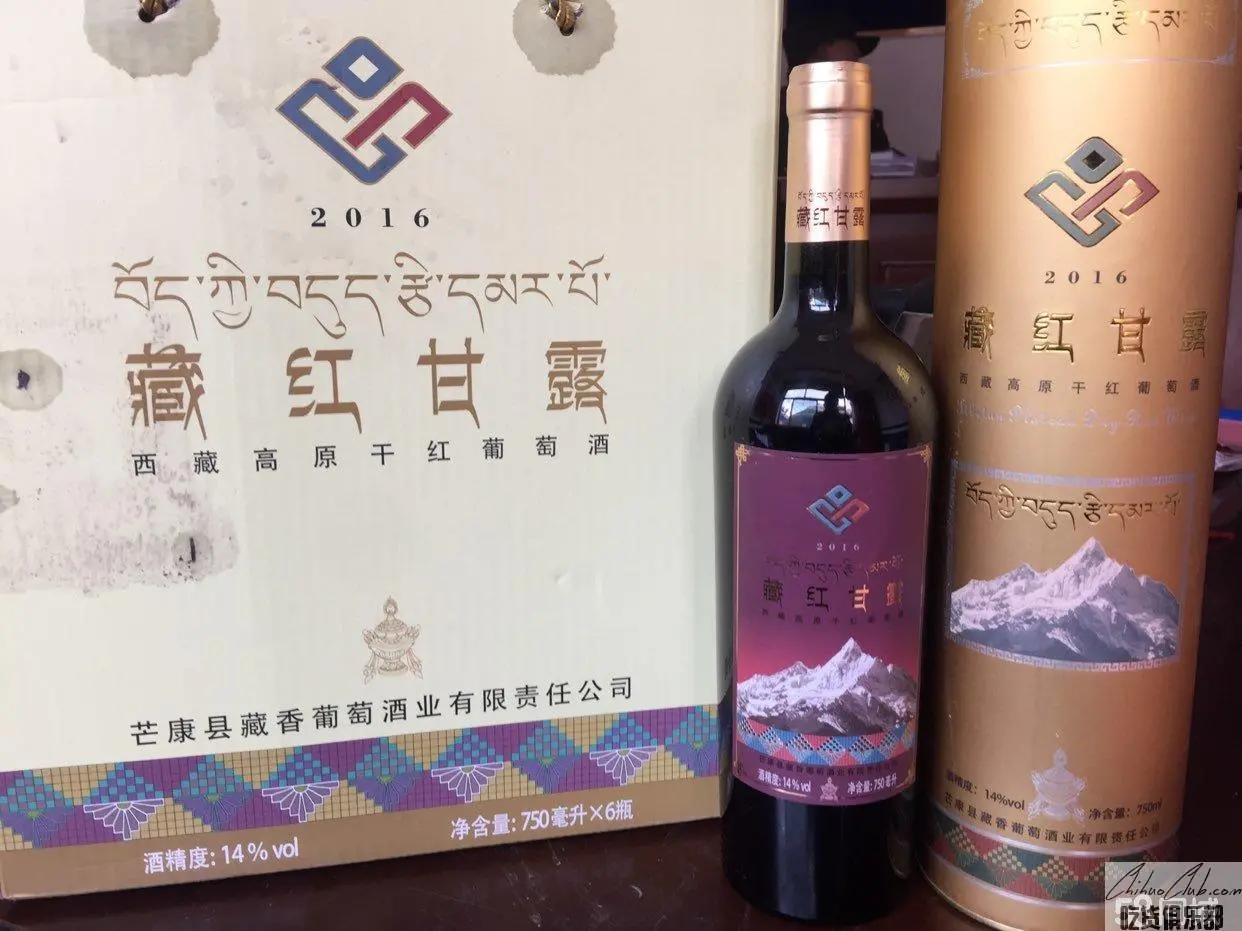
Yanjing wine
-
Update date::
-
Date of protection::
-
Protected range:The production area of Yanjing wine is the administrative area of 3 townships in Muxu Township, Qufuka Township and Naxi Township of Mangkang County, Tibet Autonomous Region.
-
Related origin:
-
Category:
Yanjing has a long history of winemaking. As early as the 19th century, French missionaries came to Yanjing to teach and built the Salt Well Catholic Church in Tibet. At the same time, it brought the technology of brewing wine, which was formed through the natural domestication of the local people for a century and a half. The unique “plateau wine” variety, nowadays “Zhonghong Ganlu” series wines are made from selected high-quality plateau grapes and are inherited by the famous “Bordeaux” winemaking process brought by French missionaries. The wine has an elegant aroma, a deep stone red color, a good taste, pure taste, and obvious health benefits. It is a precious and rare product that is trustworthy!
Yanjing Wine is a wine made from local grapes from Yanjing Township, Mangkang County, Changdu City, Tibet Autonomous Region at an altitude of 2,200 to 2,600 meters. Due to its long history of brewing, it dates back to the mid-19th century. Coupled with its unique geographical environment, the wine is bright in color, mellow in taste, and fragrant in the country. It is widely known in Tibetan areas and is in short supply.
Technical requirements for quality of salt well wines 1. Variety of black pearls, Cabernet Sauvignon, Cabernet, and Merlot. Second, the site conditions of the production area within the range of 2200m to 2600m, the soil texture is sandy soil, pH value of 6.0 to 7.0, soil thickness ≥ 0.5m. Third, cultivation 1. Seedlings: cutting or grafting. 2. (2) Tree shape: single dry arms or single dry single arm. 3. Water and fertilizer management: (1) Fertilization management: only organic fertilizer is used, and the grapes are harvested before harvesting until winter irrigation. The base fertilizer is not less than 3m3 per mu. (2) Irrigation management: irrigation is prohibited for flowering and 30 days before harvesting. 4. Harvest: After the end of August, the sugar content of the grapes is ≥210g/L. Pick sunny days from 8 am to 11 am. Processing must be carried out within 24 hours after harvesting. 5. Environmental and safety requirements: The use of pesticides, fertilizers, etc. must comply with relevant national regulations and must not pollute the environment. Fourth, the process flow 1. Dry red wine: raw material recovery → stalk crushing → canning → adding auxiliary materials → fermentation → separation of skin residue and pressing → aging → filling (packaging). 2. V. Quality characteristics 1. Sensory features: (1) dry red wine: clear and transparent, deep color, rich aroma, full mouthfeel, long aftertaste. (2) Ice red wine: clear and transparent, dark color, elegant aroma, full bodied, long aftertaste. 2. 1503. Safety and other quality technical requirements: Product safety and other quality technical requirements must comply with relevant national regulations.
Apply to:
Producers within the salt well wine producing area may apply to the Quality and Technical Supervision Bureau of the Qamdo District of the Tibet Autonomous Region for the use of the “Special Mark for Geographical Indication Products”, which shall be reviewed by the Quality and Technical Supervision Bureau of the Tibet Autonomous Region and reported to the General Administration of Quality Supervision, Inspection and Quarantine for approval. The testing agency for Yanjing wine is selected by the Quality and Technical Supervision Bureau of the Tibet Autonomous Region in the testing institutions that meet the qualification requirements.